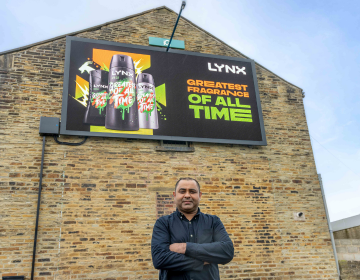Building works for landlords – essential advice
For some landlords looking to increase the revenue they derive from their residential property, a renovation or rebuild project has real business appeal. Enhancing the property’s size and features or even converting it to apartments to attract a larger rental income over time is a popular consideration.
But how do you ensure the rebuild or renovation project doesn’t eat too much into the return on investment you are hoping to make? What tax advantages can you utilise and how do you protect your property during the course of the construction works?
When it comes to the development project’s costs, Nancy Cruickshanks, VAT specialist at Shipleys LLP, says she is often asked if it is possible to recoup the VAT by undertaking a VAT registration for a residential rental property.
She says: “In most cases the answer is no. The let of the renovated building will be exempt from VAT and so you cannot register and recoup the VAT paid on the costs of its development / construction.
“If, however, the renovation relates to a property that has not been lived in for at least two years, the contractor performing the renovation work should be charging VAT at only 5% rather than the full 20%.”
She adds. “There’s often confusion about VAT and rebuilds too. A substantial rebuild may be sufficiently drastic to enable it to qualify as a ‘new build’ for VAT purposes which would mean that the construction works would not be subject to VAT.
“HM Revenue & Customs (HMRC) applies a strict definition of ‘new build’ in these circumstances and will expect either demolition to ground level or, if it is a requirement of planning permission, retention of the facade only.
“VAT registration is unlikely to be possible if the rebuild is to be retained and rented out, as the rental activity is exempt. If the property doesn’t qualify as a ‘new build’, then VAT will have to be paid on many of the costs associated with the project and (as this VAT will not be recoverable) it will be important to ensure that the correct rate of VAT is applied.
“The 5% rate may, for example, apply where the rebuild is not sufficiently drastic to enable it qualify as a ‘new build’ for VAT purposes but does involve changing the number of dwellings.”
Another concern for landlords is insuring their property during the renovation or rebuild period. The insurance cover tends to fall into two areas for this situation.
The existing structure will usually come under the property owner’s insurance responsibility. During the development project, the work undertaken is typically insured by the contractor under the contract works section of their policy. When the renovation or rebuild has been completed and signed off, the property owner will then need to increase the value of their insurance cover to reflect the additional value represented by the new features, dwellings etc in the property.
All parties must be clear who holds responsibility for the works as detailed by the contract.
Where applicable, do check your contractor’s liability insurance to ensure they have reasonable indemnity levels in place and that the policy includes a principals’ clause. This clause seeks to indemnify you should you be sued for liability incidents relating to the build.
Another factor to consider is the security of the property while it is being developed. With thefts of metal and equipment on the rise, it’s sensible to discuss with the contractor how security of the site is going to be maintained. Thefts usually result in added delays to the construction and this can place a real financial burden on the landlord if they’re hoping to let the property on a certain date.
For sizable contracts, it may be possible to insure against continued or additional borrowings and delayed interest on profit if there is a delay in construction due to damage (which was itself insured) and which causes the project to stall.
John Lanning is a property insurance specialist at Robinson Buckley. Nancy Cruickshanks is VAT principal at Shipleys.










.png)





Comments